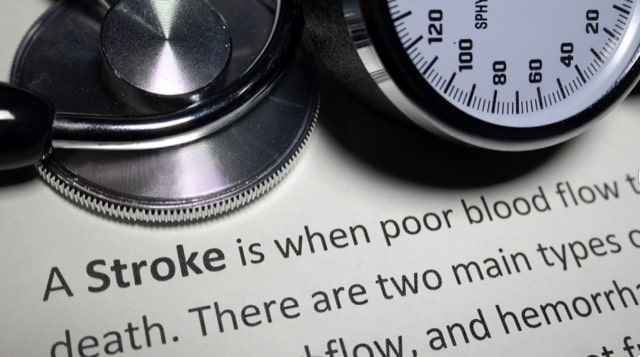Understanding the Different Types of Strokes, Their Effects, and Rehabilitation Approaches

A stroke is a medical emergency that occurs when the blood supply to a part of the brain is interrupted or reduced, depriving brain tissue of essential oxygen and nutrients. Strokes can result in a range of physical and cognitive impairments, with the severity and type of stroke determining the necessary rehabilitation approach. In this blog post, we will discuss the different types of strokes, their effects on the body, and how their rehabilitation processes differ.
Types of Strokes
There are three primary types of strokes: ischemic, hemorrhagic, and transient ischemic attacks (TIAs).
1. Ischemic Stroke
An ischemic stroke is the most common type, accounting for about 87% of all stroke cases. It occurs when a blood clot obstructs the flow of blood to the brain. Ischemic strokes can be further classified into two subtypes:
a. Thrombotic Stroke: This type of stroke is caused by a clot that forms within a blood vessel in the brain, blocking blood flow.
b. Embolic Stroke: This occurs when a clot forms elsewhere in the body (usually the heart) and travels through the bloodstream to the brain, where it blocks blood flow.
2. Hemorrhagic Stroke
Hemorrhagic strokes account for about 13% of stroke cases and are caused by bleeding in the brain due to a ruptured blood vessel. There are two primary types of hemorrhagic strokes:
a. Intracerebral Hemorrhage: This occurs when a blood vessel bursts within the brain, causing blood to leak into the surrounding brain tissue.
b. Subarachnoid Hemorrhage: This happens when there is bleeding between the brain and the thin tissues covering the brain (the subarachnoid space).
3. Transient Ischemic Attack (TIA)
A TIA, also known as a "mini-stroke," is a temporary disruption in blood flow to the brain. Although TIAs do not typically cause lasting damage, they serve as a warning sign of an increased risk for future strokes and should not be ignored.
Effects on the Body
The effects of a stroke on the body vary depending on the type and severity of the stroke, as well as the area of the brain affected. Common effects include:
- Paralysis or muscle weakness on one side of the body
- Difficulty speaking or understanding speech
- Cognitive impairments, such as memory loss, confusion, or poor judgment
- Vision problems or loss of peripheral vision
- Emotional changes, such as depression, anxiety, or mood swings
- Difficulty swallowing or controlling bladder and bowel functions

Rehabilitation Differences
The rehabilitation process for stroke survivors aims to help them regain lost abilities and learn to adapt to any permanent changes. The approach to rehabilitation can differ depending on the type of stroke and the specific effects on the individual.
1. Ischemic Stroke Rehabilitation
Rehabilitation for ischemic stroke survivors typically involves a combination of physical, occupational, and speech therapy. The focus is on regaining strength, mobility, and independence in daily activities, as well as improving communication skills. Medications and lifestyle changes may also be recommended to reduce the risk of future strokes.
2. Hemorrhagic Stroke Rehabilitation
Rehabilitation for hemorrhagic stroke survivors follows a similar approach to that of ischemic stroke survivors. However, due to the potential for increased brain damage from bleeding, the recovery process may be slower and more challenging. In some cases, surgical intervention may be necessary to repair ruptured blood vessels or relieve pressure in the brain.
3. TIA Rehabilitation
While TIAs typically don't cause lasting impairments, they serve as an opportunity to identify and address risk factors that may contribute to a more severe stroke. Rehabilitation may include lifestyle modifications, medication management, and the implementation of preventive measures.
4. The Importance of a Personalized Rehabilitation Plan
Regardless of the type of stroke, a personalized rehabilitation plan is essential for optimal recovery. The plan should be tailored to the individual's unique needs and goals, taking into account their age, overall health, and the severity of the stroke.
Regular reassessment and adjustment of the rehabilitation plan are necessary to ensure progress and adapt to the evolving needs of the stroke survivor.
Understanding the different types of strokes, their effects on the body, and the unique rehabilitation approaches for each is crucial for stroke survivors, caregivers, and loved ones. By working closely with a multidisciplinary rehabilitation team and developing a personalized plan, stroke survivors can maximize their recovery and regain their independence. Remember, early intervention, perseverance, and a strong support system are key.
